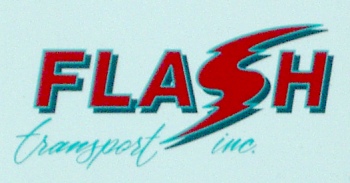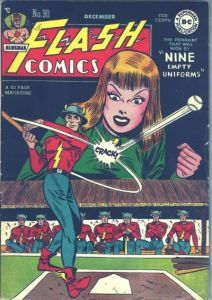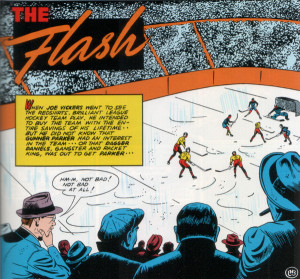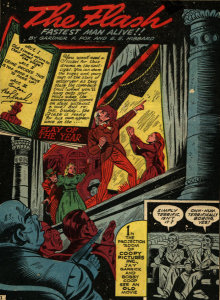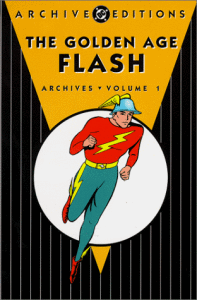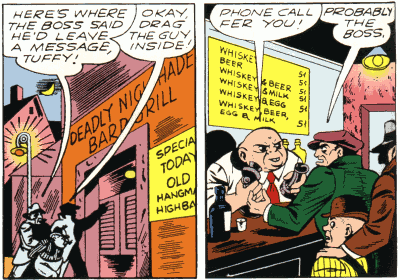![The Flash (Barry Allen) from his first appearance in Showcase #4, 1956 [Picture of the Flash (Barry Allen) from Showcase #4]](https://hyperborea.org/journal/wp-content/uploads/2006/07/barry1.png) I missed the first half of Saturday’s “50 Years of the Flash” panel because we missed the red line and got stuck waiting to transfer at America Plaza. The shuttle might have gotten us there faster (maybe even on time), but we were pretty sure they wouldn’t let us on with our coffee.
I missed the first half of Saturday’s “50 Years of the Flash” panel because we missed the red line and got stuck waiting to transfer at America Plaza. The shuttle might have gotten us there faster (maybe even on time), but we were pretty sure they wouldn’t let us on with our coffee.
What I did see of the panel was still mostly retrospective, and mainly Mark Waid, Geoff Johns, and Danny Bilson. Carmine Infantino told a couple of stories (one of which he’d told at Thursday’s panel, about the “war” between him and Julius Schwartz: he’d try to draw ever-more-nasty cliffhangers on his covers, and every time, Julie would come up with a story to go with it. So finally he drew one with the Flash and the Golden Age Flash both racing to save some guy, and said, “There! Top that!” The rest, of course, is history).
After a while they started talking about the new Flash book. While the most common answer in the Q&A session was, “Wait and see,” Bilson and DeMeo did answer a couple of questions that I’ve seen people asking about.
For the “legacy pages” in the first two issues, they did a whole bunch of research, sometimes finding conflicting info. (They didn’t mention this one, but the issue of “Who named Impulse” is probably one of those cases.) Any changes in continuity are accidental, and not intentional.
The reason Bart’s acting so morose in these first few issues is that he’s got this problem to deal with, and once he starts to work through it, his impulsive nature will start taking over again.
I almost got the new #1 signed, but staff kept telling everyone to clear the room, and as near as I can tell, Bilson and DeMeo took a different exit than I did.
Update: I forgot to mention some of the other stories. There was a good one Bilson and DeMeo told about how when they pitched the TV show, the powers that be wanted the Flash to be running around in a gray sweat suit. So they got Dave Stevens to design a suit and his rendering convinced them to go with it. Even then, the network resisted bringing costumed villains in until they showed it could work. And apparently what killed it wasn’t bad ratings, but network politics. Someone wanted his show, so he could get a better bonus. A real pity, as the second season opener would have been a two-hour special with the Trickster, Captain Cold, and Mirror Master—a Rogues Gallery episode.
Update 2: Adding more stuff as I remember it (and have time to type). Continue reading
